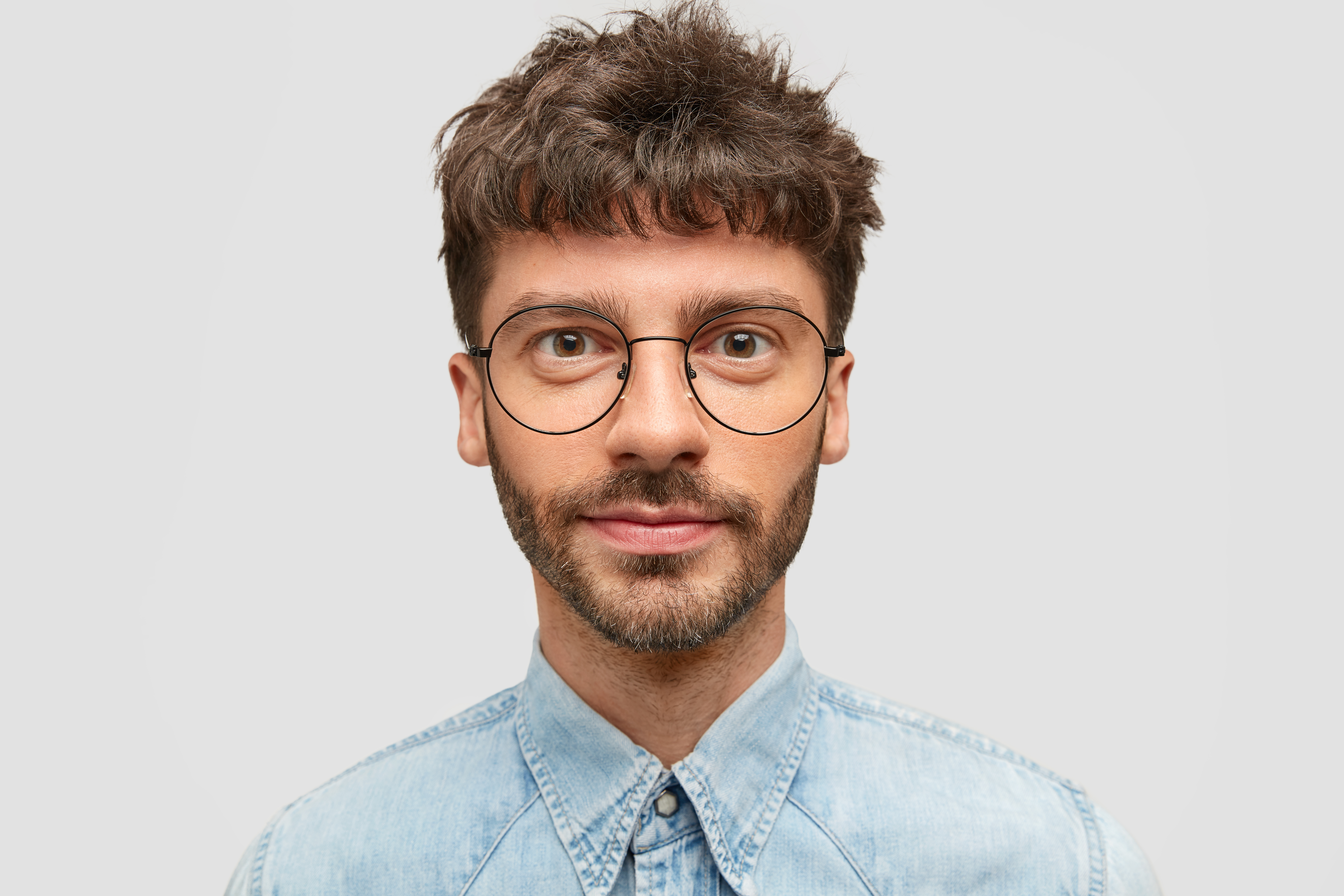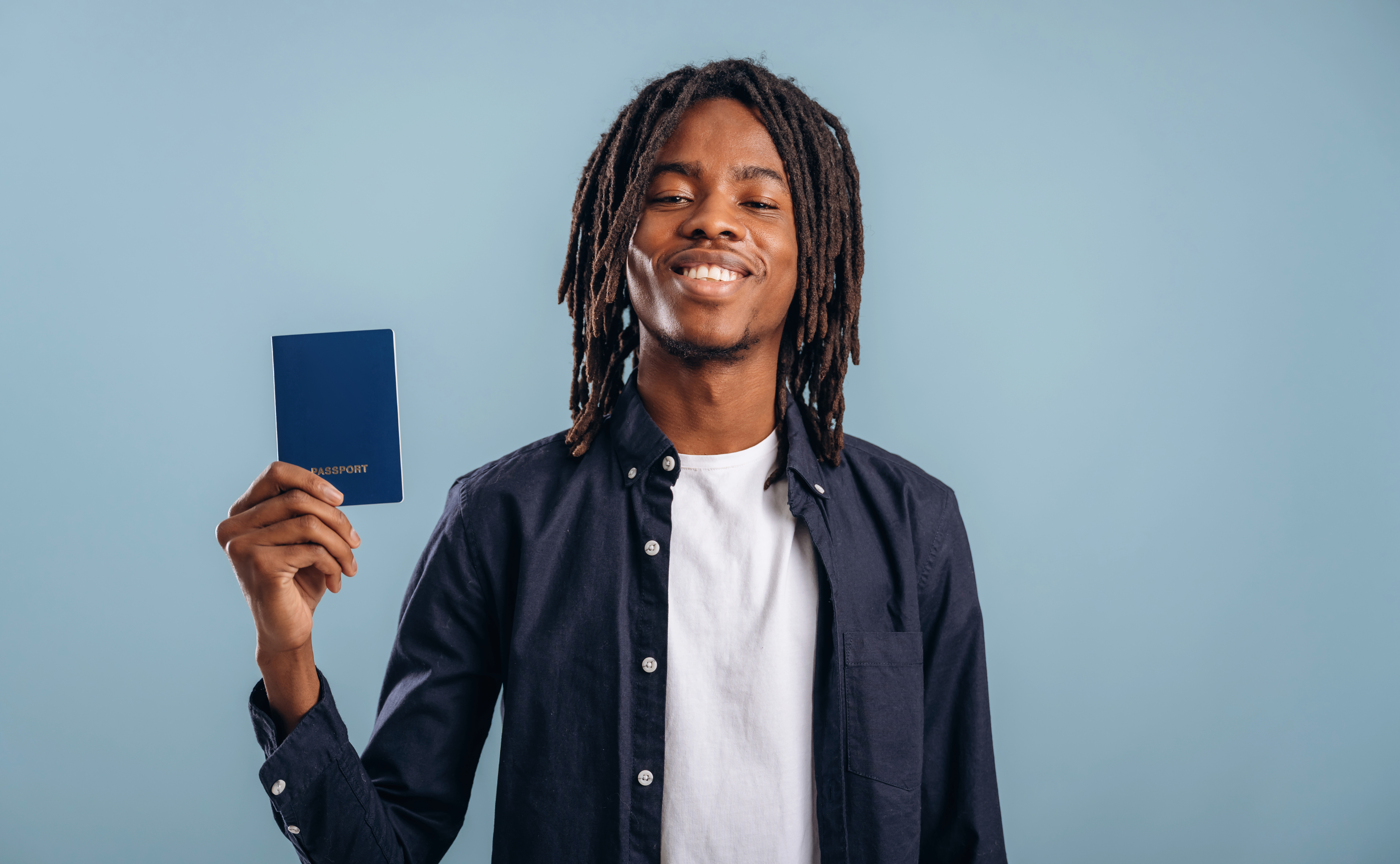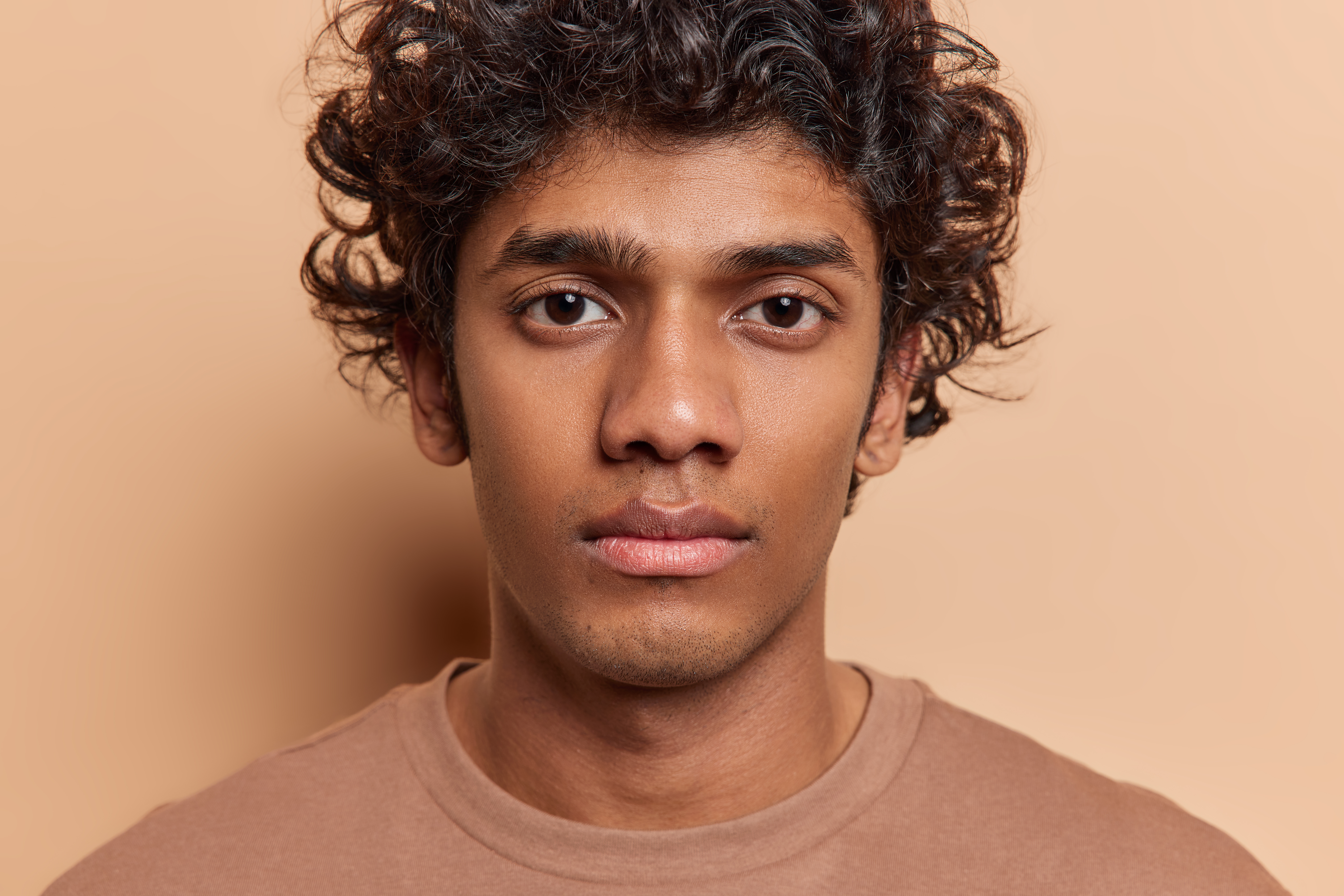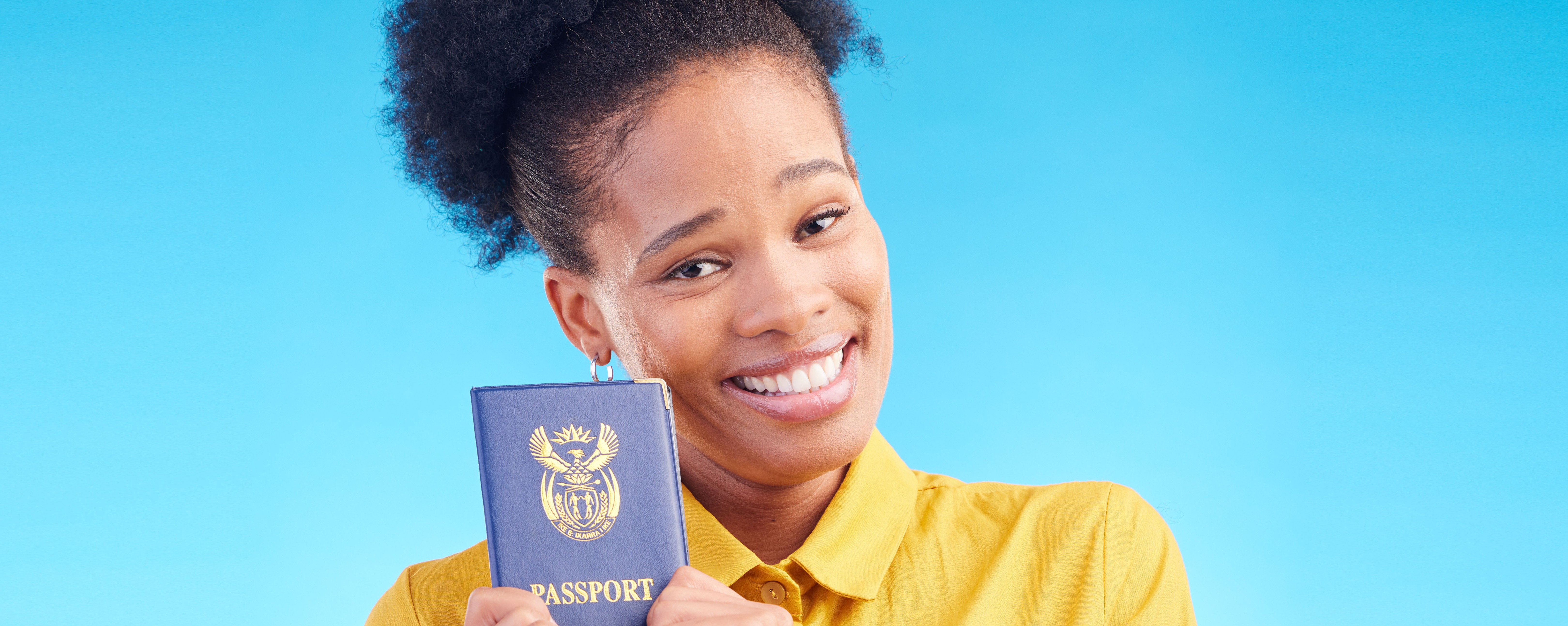
Can You Wear Glasses in a Passport Photo?
Before you can get a new passport, you need a photo that meets specific requirements.
One of the most common questions people have is: "Can I wear my glasses in my passport photo?" The short answer is no, you generally cannot wear glasses in a passport photo.
While this might seem inconvenient for daily glasses-wearers, this rule is in place to make sure your photo can be quickly and accurately verified.
It is essential to review the official rules, the reasons behind them, and what you can do to get a perfect passport photo.
What the Official Guidelines Say
For instance, the U.S. Department of State has clear rules about passport photos to ensure consistency and security.
Since 2016, eyeglasses have been banned from passport photos. This change was made to speed up the application process and reduce the number of rejected photos.
Before this rule, glasses were allowed, but they caused frequent problems.
Reflections, glare, and frames often hid parts of the face, making it difficult for facial recognition software and border officials to confirm a person's identity.
Why Glasses Are Not Allowed
There are several good reasons why everyday glasses are such a big deal for a passport photo, all related to ensuring your identity can be confirmed without any issues.
Glare and Reflections
The number one problem with glasses in photos is glare. Camera flashes can reflect off lenses, hiding your eyes.
Even with anti-reflective coatings, it’s very difficult to take a photo without some level of reflection.
Since your eyes are one of the most important features for identification, anything that covers them is a problem.
Frames Obscuring Your Eyes
The frames of your glasses can also be an issue. Thick or dark frames might obscure parts of your eyes or the surrounding area.
This can make shadows or alter the appearance of your facial features, making it harder for facial recognition technology to get an accurate reading.
Photo Rejection and Delays
Submitting a photo that doesn't meet the guidelines will lead to your passport application being delayed or rejected.
You will be asked to provide a new photo, which means restarting parts of the application process.
Following the "no glasses" rule from the start is the easiest way to avoid these headaches.
Tips for a Great Photo Without Glasses
For those who wear glasses every day, taking a photo without them can feel a bit strange. Here are a few tips to help you get a great picture:
- Practice your expression: Take a few practice photos with your phone. Since you might feel self-conscious without your glasses, practicing can help you find a natural, neutral expression.
- Avoid squinting: If you need glasses to see clearly, bright lights might cause you to squint. Try to take your photo in a well-lit room with diffused lighting rather than direct, harsh light. This will make it easier to keep your eyes open naturally.
- Give your eyes a rest: If you've been wearing your glasses all day, the nose pads can leave temporary marks. Take your glasses off about 30 minutes before your photo to allow any redness or indentations to fade.
Is There an Exception to the Rule?
There is one narrow exception to the "no glasses" rule: if you have a medical condition that requires you to wear glasses at all times, you may be able to wear them in your passport photo.
For example, this could apply to someone who has recently had eye surgery and needs to protect their eyes.
To use this exception, you must submit a signed statement from your doctor with your passport application.
The statement needs to explain your medical need for wearing glasses. But even with a doctor's note, your photo must still meet all other requirements.
What If You Must Wear Glasses for Medical Reasons?
If you qualify for a medical exception and must wear your glasses, here's how to minimize the chance of rejection:
- Tilt your head slightly: A very slight downward tilt of your head can help reduce glare from overhead lights. Be careful not to tilt too much, as your head must be in a neutral position.
- Use diffused lighting: Avoid direct flash: instead, use soft, diffused light sources placed on either side of your face. This can help eliminate shadows and reduce reflections.
- Choose thin frames: If possible, wear glasses with the thinnest frames you have. This will minimize how much of your eye area is covered.
This combination of techniques will make sure your glasses look natural while highlighting your features effectively.
Frequently Asked Questions
- Can I wear sunglasses in my passport photo?
No, sunglasses or any tinted glasses are not allowed in a passport photo under any circumstances.
- What if my glasses have an anti-reflective coating?
Even with an anti-reflective coating, the U.S. Department of State does not permit glasses in passport photos due to the high risk of glare and reflection.
- Do these rules apply to children and infants?
Yes, the "no glasses" rule applies to all passport applicants, including children and infants.
- I wear contacts. Are they allowed?
Yes, you can wear contact lenses in your passport photo as long as they do not alter the natural appearance of your eyes. Colored or costume contacts are not allowed.
Conclusion
Navigating passport photo rules can seem complicated, but it's all about ensuring a smooth and secure travel experience.
Remember that for the vast majority of people, glasses are not allowed.
By taking them off for a few seconds to take the picture, you'll save yourself from potential delays and the hassle of a rejected application.


